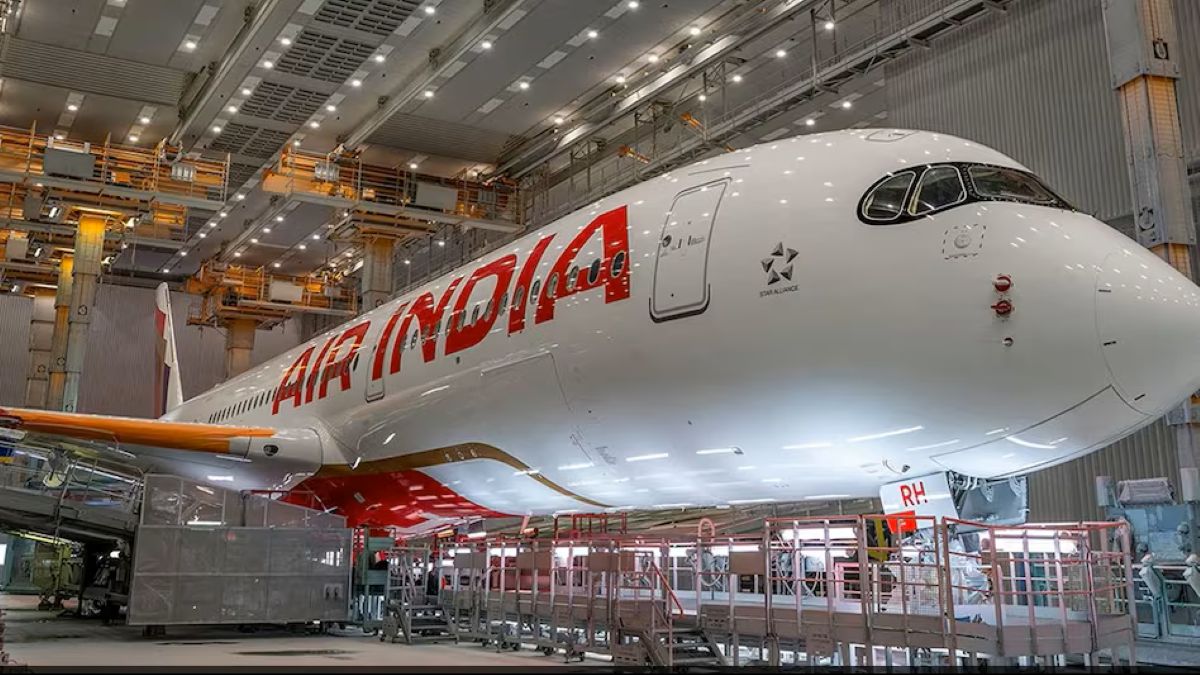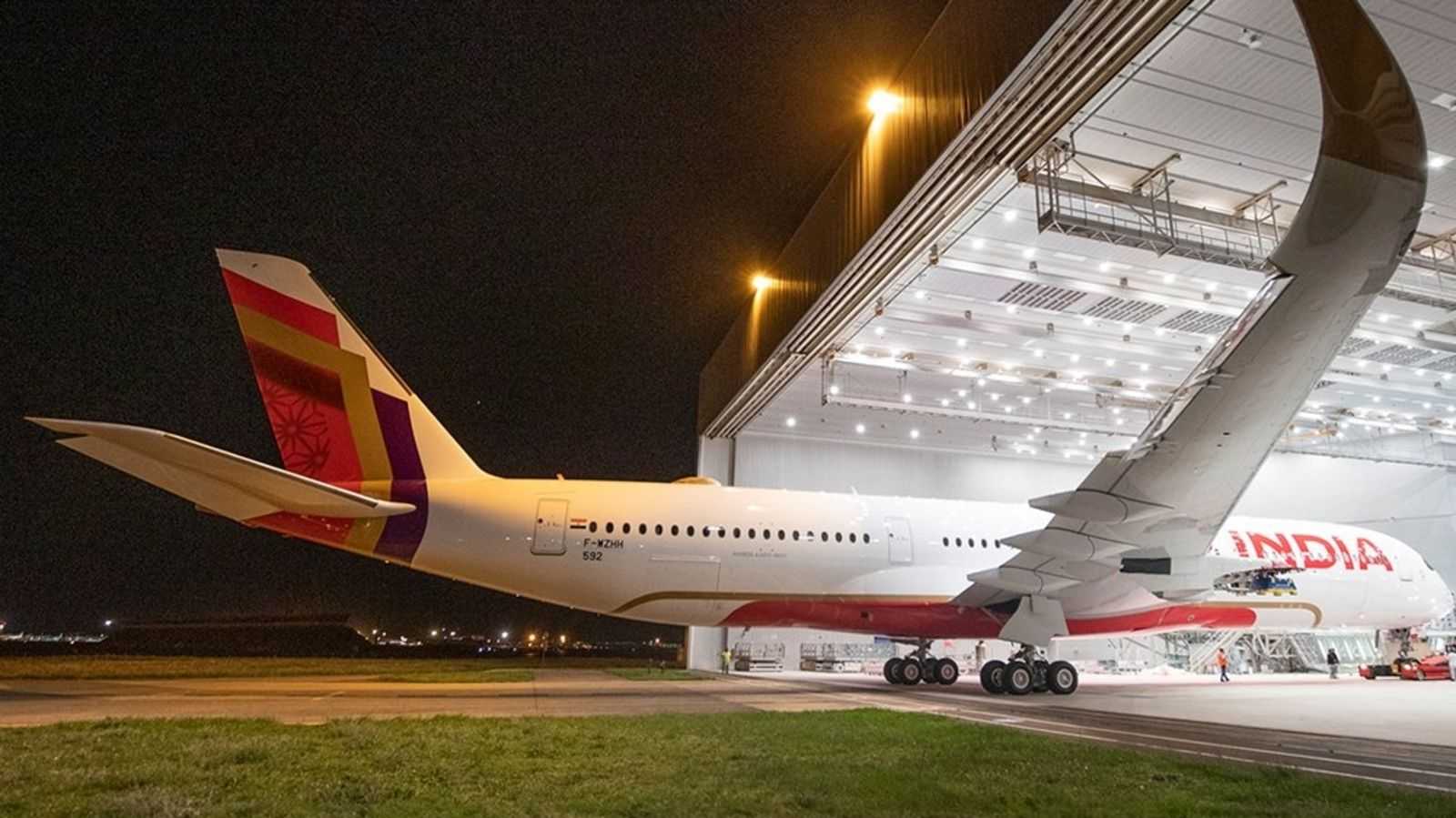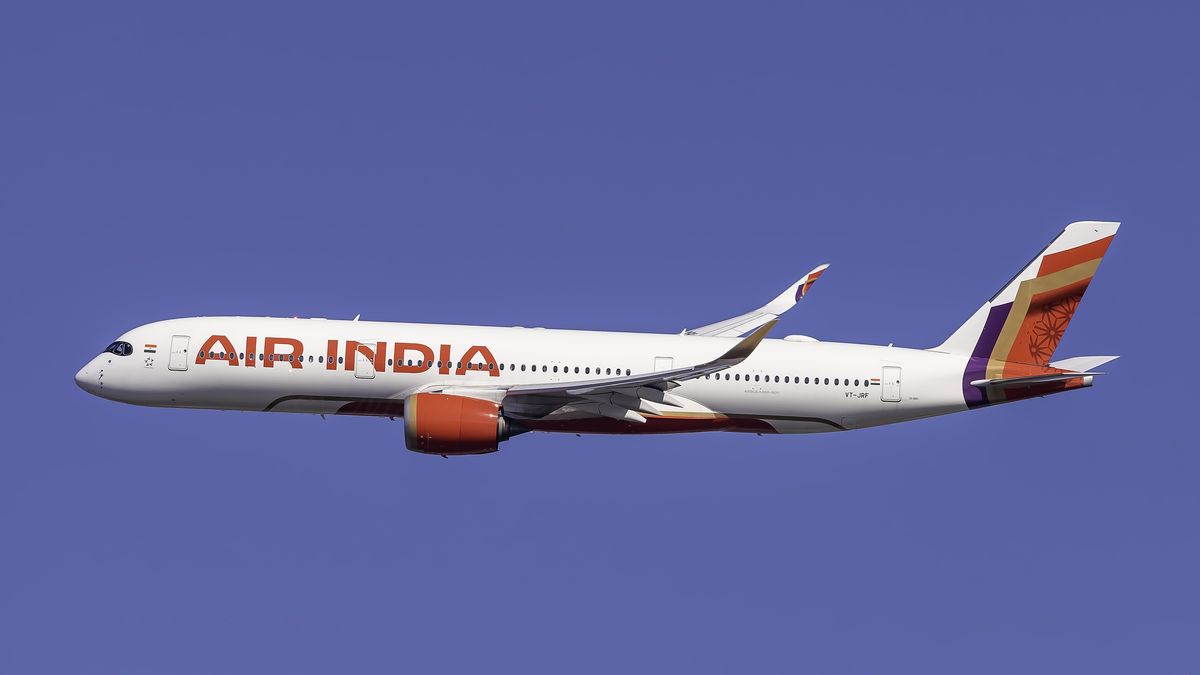The aviation sector in India has once again found itself in the spotlight as Air India, the national carrier now under the Tata Group’s management, came under public scrutiny following a high-profile crash. The Air India crash raised significant questions about flight safety, aircraft maintenance, and airline responsibility. However, the initial report from the Directorate General of Civil Aviation (DGCA) has brought unexpected clarity. According to this report, there were no mechanical or maintenance issues involved in the incident.

Understanding the Air India Incident: What Exactly Happened?
Earlier this year, an Air India flight was involved in a runway excursion that captured national media attention. The aircraft reportedly skidded off the runway during landing under adverse weather conditions. Fortunately, there were no casualties, but the event stirred memories of past aviation tragedies and reignited the debate around flight safety protocols in India.
The aircraft involved was a Boeing 787 Dreamliner operating a domestic route. The flight, which had taken off from Delhi and was supposed to land in Mumbai, experienced an unexpected deviation from the centerline of the runway. The crew managed to halt the aircraft safely, and emergency procedures were followed immediately.
DGCA’s Preliminary Report: Key Safety Revelations
The DGCA launched a thorough investigation into the incident, focusing on multiple areas including aircraft performance, maintenance records, pilot response, and weather conditions. The initial findings have ruled out any mechanical failure or lapses in maintenance.
Air India CEO Campbell Wilson confirmed the report’s conclusions, stating that the airline’s internal safety mechanisms, maintenance logs, and procedural compliance were found to be in order. This comes as a significant relief for both the carrier and Indian aviation authorities, who were under immense public and regulatory pressure.

Human Error or Weather: What Caused the Incident?
While mechanical issues have been ruled out, the question remains—what exactly caused the crash? Aviation analysts point to a combination of adverse weather conditions and potential human error. Mumbai’s monsoon season has always posed operational challenges, including low visibility, slippery runways, and sudden wind gusts.
According to preliminary data, heavy rainfall at the time of landing may have significantly reduced runway traction, causing the aircraft to hydroplane. There is also speculation about the flight crew’s situational judgment in initiating the final approach in such conditions. However, final attribution of blame or responsibility is pending further investigation.
The Importance of Aviation Safety Protocols in Monsoon Season
Every monsoon, Indian airports, especially those in coastal regions like Mumbai, Kochi, and Kolkata, are exposed to heightened risk conditions. Airlines are required to implement monsoon contingency plans, which include enhanced training for pilots, detailed runway inspections, and coordination with meteorological departments.
Air India has stated that it followed all such protocols in the days leading up to the incident. The airline’s spokesperson also emphasized that the pilots involved had sufficient experience with monsoon landings and were certified for the route.
Public Perception and Brand Trust: A Bigger Battle for Air India
Even though no one was hurt and mechanical issues have been ruled out, incidents like these inevitably impact public trust. Passengers are highly sensitive to airline safety records, and a single incident can lead to a sharp drop in bookings. For Air India, which is currently undergoing massive restructuring under the Tata Group, maintaining a clean safety record is vital for long-term brand repositioning.
This is particularly important because Air India is aiming to compete directly with international giants like Emirates, Singapore Airlines, and Qatar Airways. These airlines are known not just for luxury and service, but also for their impeccable safety records.

Air India’s Transformation: A Look at the Tata Group’s Overhaul
Since the Tata Group took over Air India in January 2022, the airline has embarked on an ambitious overhaul. From updating its in-flight services to revamping its entire fleet and retraining its workforce, the focus has been on elevating safety, comfort, and efficiency.
Recent months have seen Air India place one of the world’s largest aircraft orders—nearly 470 planes from Airbus and Boeing combined. This bold move aims to replace its aging fleet with modern aircraft equipped with advanced safety technologies and better fuel efficiency.
Comparing Air India’s Safety Record With Global Standards
Despite the recent incident, Air India’s overall safety record remains on par with international standards. It is a member of the Star Alliance and complies with the International Air Transport Association (IATA) Operational Safety Audit (IOSA), which is a globally recognized evaluation system.
However, past incidents still linger in public memory—such as the 2010 Air India Express crash in Mangalore that claimed 158 lives. These historical events continue to influence perceptions, even though the airline has taken strong corrective actions in the years since.
Crisis Management: How Air India Handled the Incident
Crisis communication is a vital component of airline operations, especially during incidents. In this case, Air India was quick to release statements, update the public via press briefings, and cooperate with DGCA investigators. Emergency services were deployed promptly, and all passengers were safely evacuated.
Experts believe that the airline’s prompt and transparent communication helped prevent panic and maintained a degree of passenger confidence. CEO Campbell Wilson has reiterated the company’s zero-tolerance policy toward safety lapses and affirmed that internal audits would continue in parallel to the DGCA probe.
Pilot Training and Response Evaluation: A Core Focus Area
While mechanical factors have been ruled out, there is increasing focus on pilot training and real-time decision-making. DGCA sources suggest that the final report may include recommendations for enhanced monsoon-specific simulation training for pilots, especially in Tier-1 airports prone to extreme weather.
Air India, on its part, already collaborates with global aviation training academies to regularly update its curriculum. The crash report may lead to further investment in pilot response simulations, especially in unpredictable weather scenarios.
Air India’s Competitors: Are Other Airlines at Risk Too?
The recent incident has also turned the spotlight on other Indian carriers like IndiGo, Vistara, and SpiceJet. Aviation experts argue that weather-related runway incidents are not unique to Air India. In fact, data shows a rise in such incidents across Asia during monsoon periods.
What sets airlines apart is how they prepare, train, and react. With Air India under a corporate makeover, its ability to learn from incidents and prevent recurrence will determine its success against aggressive private players and international carriers.
International Regulations and DGCA’s Role
India’s civil aviation regulator, DGCA, has intensified its scrutiny over all airlines operating in the country. In light of the Air India crash, the agency has issued advisories and conducted surprise audits of monsoon preparedness across major airports.
DGCA’s early transparency about the preliminary report is a positive signal for aviation governance in India. However, critics argue that systemic reform is still required in areas like infrastructure modernization, pilot workload management, and weather prediction integration.
Passengers Speak: Fear, Relief, and Mixed Reactions
While authorities work behind the scenes, passenger sentiment reflects a mix of fear and gratitude. Many onboard the flight that crashed described it as a “terrifying but professionally managed situation.” Social media saw an outpouring of concern, along with praise for the crew’s composed response.
Air India has reportedly offered counseling services to affected passengers and has promised compensation where applicable. While no physical injuries were reported, the psychological trauma of experiencing an aviation incident can be lasting.
Lessons for the Aviation Industry: Safety Is a Constant Journey
No single crash or report can define an airline. But every incident becomes an opportunity for introspection, learning, and evolution. In this case, Air India has a chance to reaffirm its commitment to safety, reinforce pilot training programs, and improve operational readiness.
Airline safety is a continuous journey that requires sustained investment, regular audits, and proactive policy shifts. Whether it’s adopting AI-based maintenance diagnostics or building better coordination between cockpit and ground staff, there are numerous avenues for enhancement.
Looking Ahead: Will Air India Bounce Back Stronger?
As the final report is awaited, it’s clear that Air India must walk a tightrope between rapid expansion and uncompromising safety standards. With new aircraft, improved services, and a global outlook under the Tata Group, the airline is well-positioned to turn this incident into a pivotal learning moment.
The coming months will reveal whether the internal reforms translate into real-world improvements. For now, the aviation industry and the flying public are watching closely.